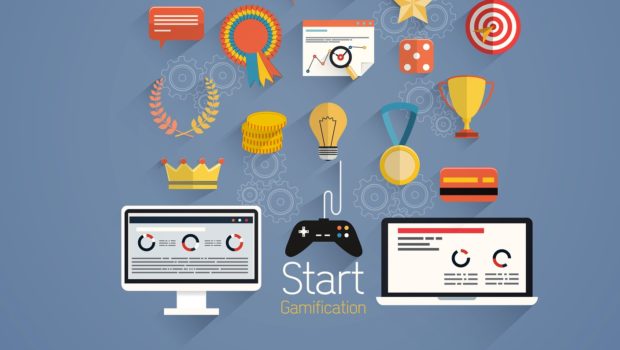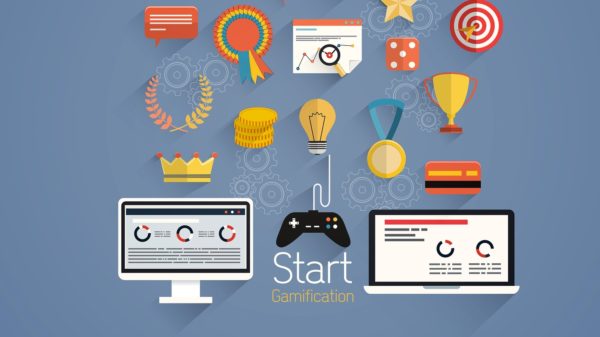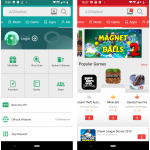How Gamification Technology Is Being Used to Motivate Us
Gamification is a word that gets tossed around a lot today, but very few people actually know the meaning of it. According to John Hopkins University, gamification is the application of typical elements of game playing to help users complete assignments. In other words, gamification relies on machines in a non-game context to reward individuals for completing specific tasks. By doing this, you’ll be more inclined to complete tasks and get things done – at least that’s what people believe. Does this theory about gamification actually work for people? Let’s take a look and see.
So, what is gamification?
Let’s put it this way: If you ever made a game out of chores when you were a child (whether timing yourself or seeing who cleans the best according to detail), then you relied on gamification methods to keep motivated. Remember, the point of gamification is to entice individuals to complete tasks and get rewarded for doing so. This might mean treating yourself to a movie or going out to shop.
Nowadays, you can pretty much turn anything into a game using online tools. Fitness apps, for instance, can be used to keep individuals motivated in a number of ways by allowing them to track their progress and helping them see their result: the reward. Game-based learning can also be used to help individuals in school stay focused by increasing student engagement and making the material fun to learn.
In the end, gamification can be used to set goals and track your progress along the way. Although there are apps and online resources to help throughout the journey, the idea still mostly relies on our ambitions. That’s the true motivational factor.
Motivation and Your Brain
The various ways motivation can be used to empower the brain’s activity is a complicated topic for most psychologists. In order to fully understand how gamification works, however, it’s important for individuals to understand how the brain is impacted when it’s motivated. This almost always involves dopamine — a chemical found in the brain that acts as a motivational component. When it comes to personal motivation, the basic premise is simple: When an individual experiences pleasure, the body releases dopamine. Although an individual might be motivated by different factors, one thing is certain: The reward they get in the end is what keeps them going.
To put it in comparison, dopamine is your brain’s version of getting 100 “likes” on a picture posted on a social media account. The more likes and comments you get, the more hormones your brain releases. This is what keeps users motivated and engaged on social media platforms. Gamification works the same way by offering rewards for completing a certain task.
Gamification and Motivation
Gamification is method of reinforcement that only works when it can be used to motivate you to do something, which is why knowing what motivates you the most is so important. Although there have been a number of theorist and researchers that try to understand what motivates us, Scientific American categorized it into three elements:
- Autonomy: This means that individuals gain motivation when they’re in charge.
- Value: You use subject matter as your motivation. If you think completing a goal is important, then you’re much more likely to complete it.
- Competence: The more practice you have with something, the better you’ll get at doing it in the long run.
Though these findings aren’t fully explained here, they give individuals an understanding of how gamification taps into our motivation. This means that the best games are the ones that can tap into your motivation while providing rewards along the way.
Take a game like SPARX, for example, which is a fantasy game counselors used in a recent study at Bradley University. The game consists of seven levels that take about half an hour each to complete. What makes the game so engaging is that it uses real-world examples to help individuals overcome depression by allowing them to be in charge of their own actions within the gaming world — autonomy. Giving them the ability to roam around freely and complete tasks in any order, which resulted in patients being rewarded with bonuses and new gaming features. Although gamification like this might not be for everyone, it can help get you going in the right direction.
Does gamification really work?
Whether or not gamification will work for you depends on your circumstances. The reality is, although it might help you reach some of your goals, it’s not a miracle worker. If you aren’t motivated before using gamification, then you’ll probably have a hard time using it to your advantage — which is to say, if the idea doesn’t stand out to you in the beginning, then you probably shouldn’t waste your time with it. If the idea, however, sounds like something you’d be interested in, then go ahead and give it a try. In this case, gamification can work in your favor.
Thanks for the read! Did I miss anything important? What are some other ways gamification can be used to help motivate individuals? Feel free to leave a comment below.
About the author:

H. Davis enjoys exploring the outdoors and reading up recycling tips. If you can’t find him online, you might be able to catch him at the gym or watching sports (Go, Broncos!). Follow him on Twitter at @Davis241. Thanks!









![Money Tips For International Business Travel [Infographic]](https://technofaq.org/wp-content/uploads/2018/07/must-know-money-tips-ig-150x150.png)






